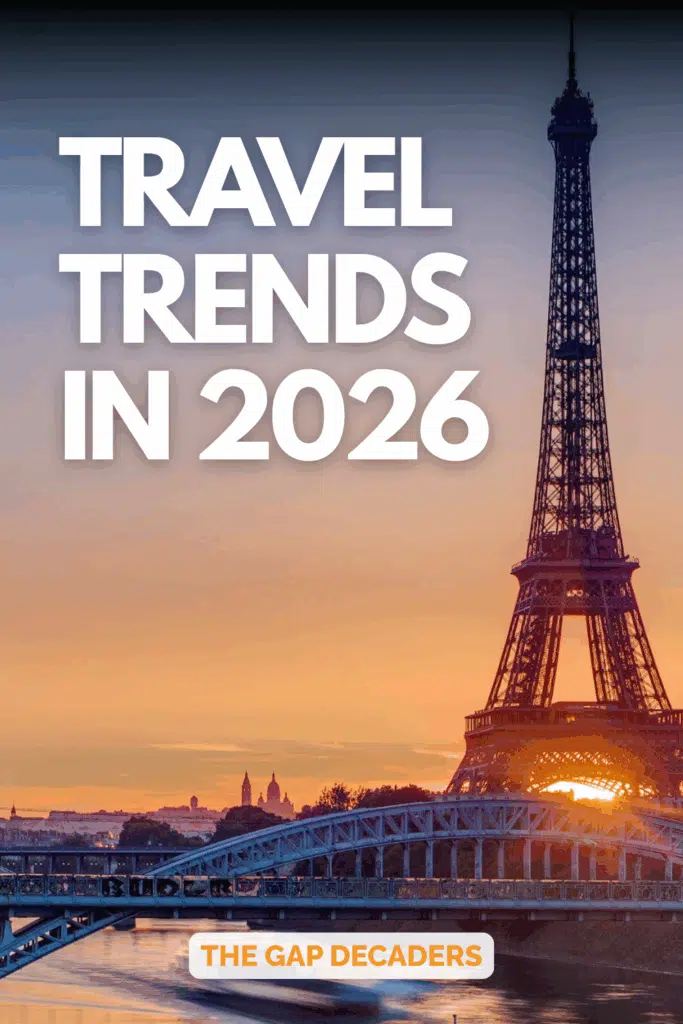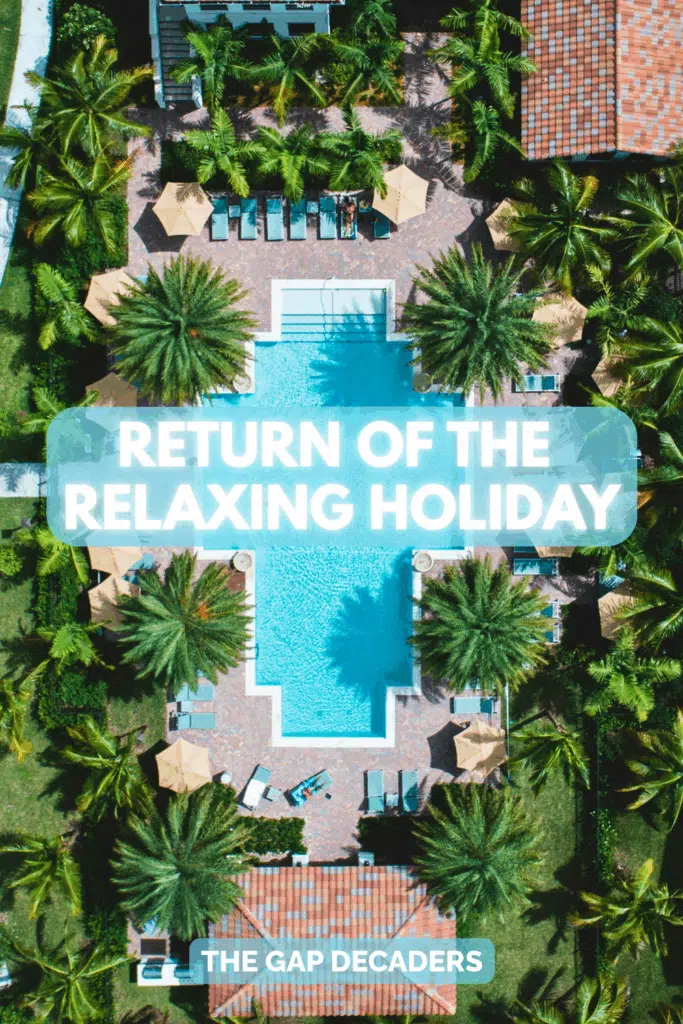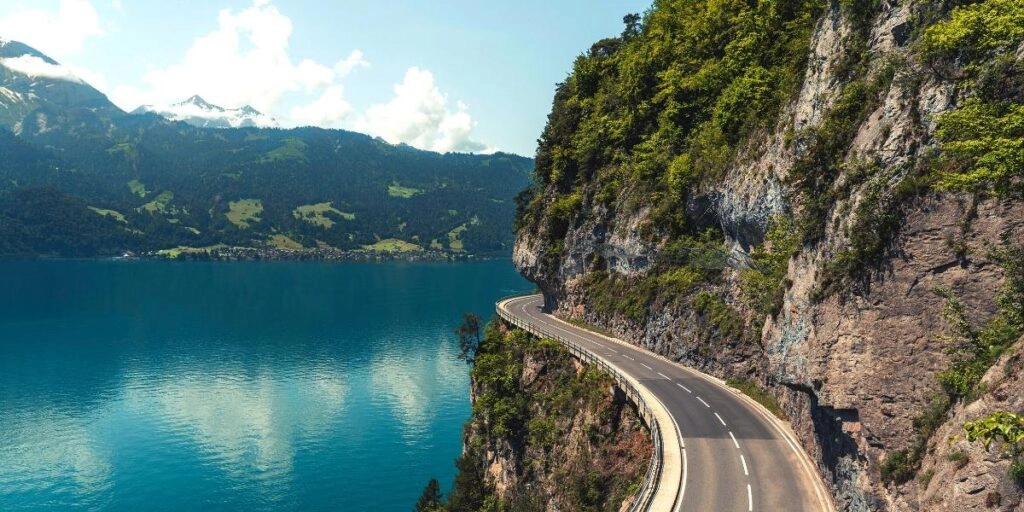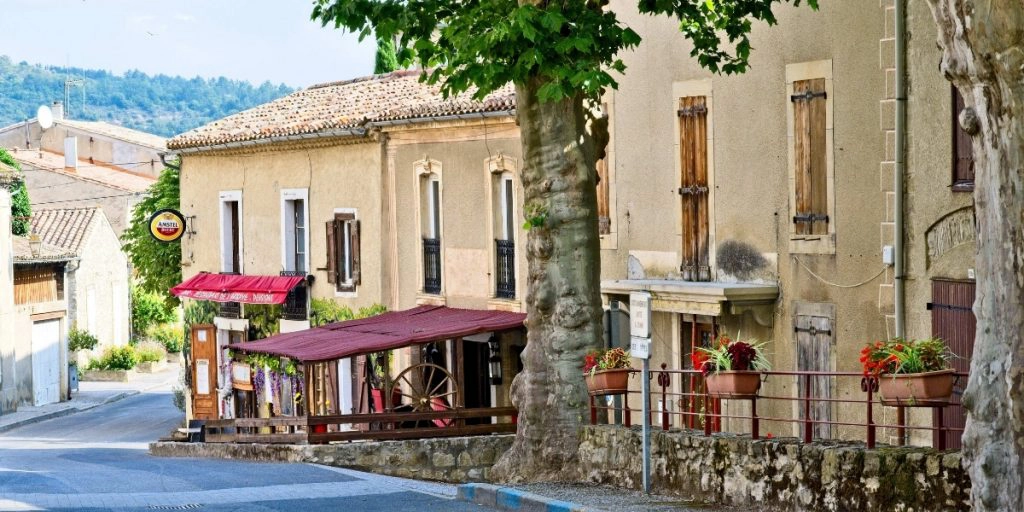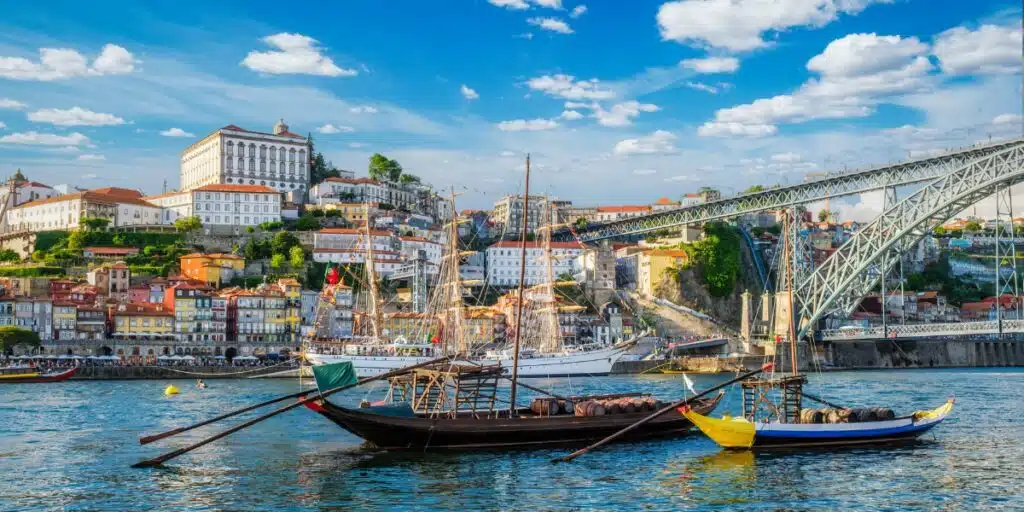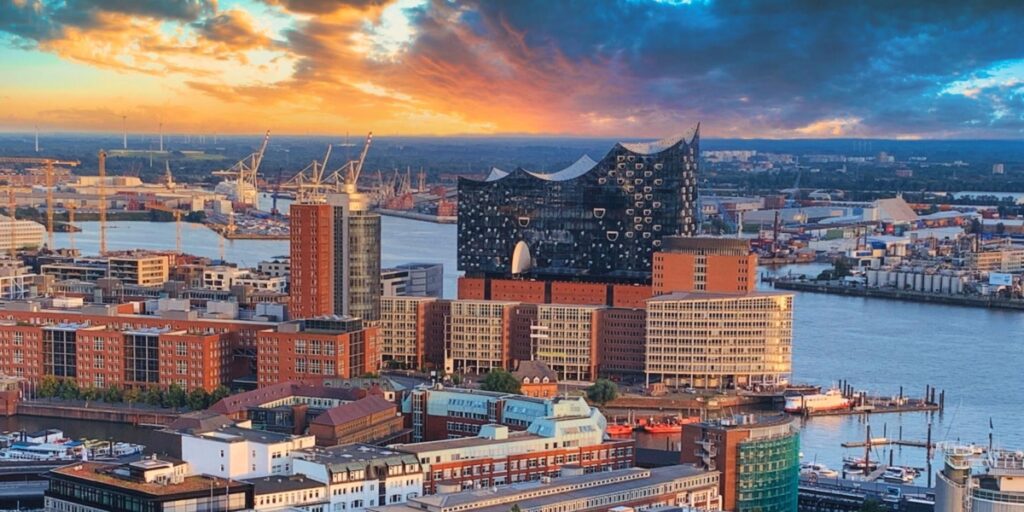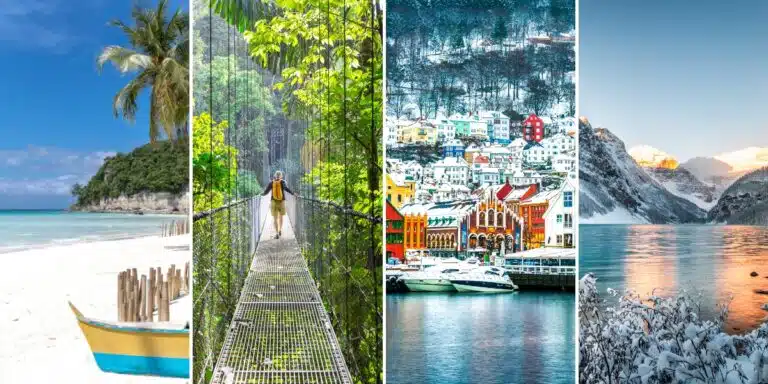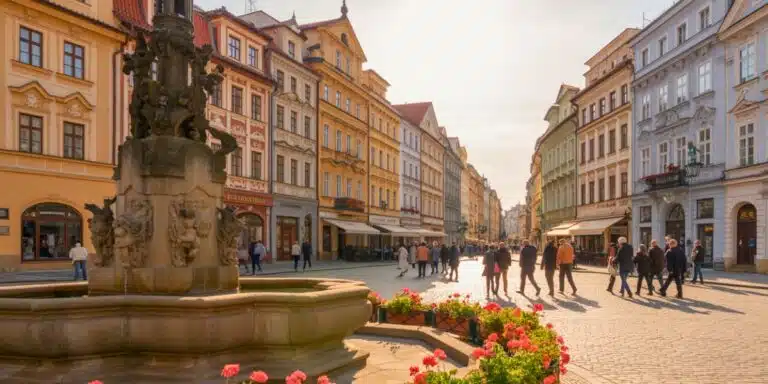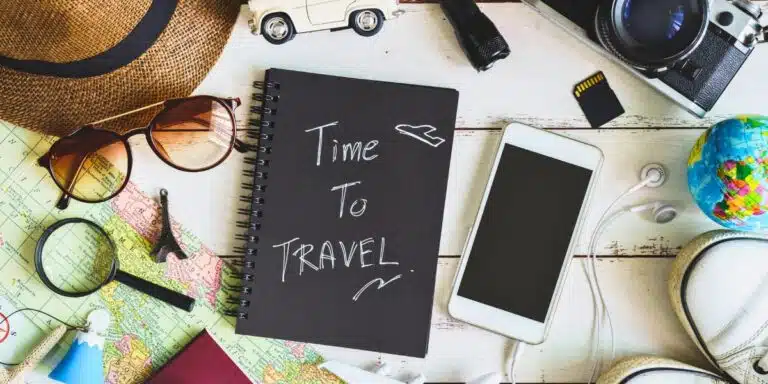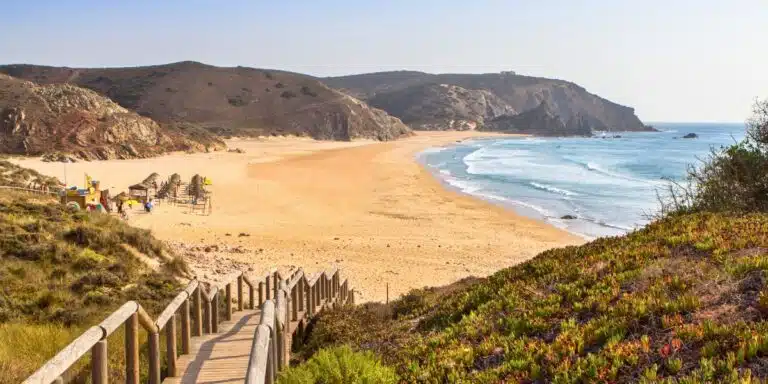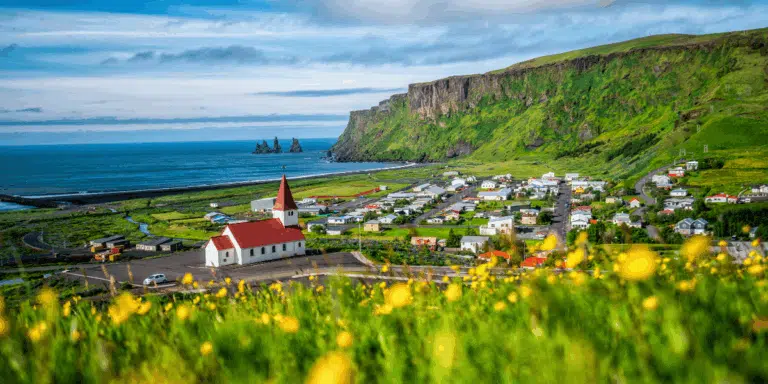This post may contain affiliate links, from which we earn an income. Click here to read our affiliate policy.
If 2025 was about getting back out there, 2026 will be about slowing down. Omio’s latest NowNext ’25 report shows that next year’s holidays will be more thoughtful, restorative, and emotionally led. After years of fast-paced travel, dream destinations, and packed itineraries, people are ready to pause, reflect, and reconnect with themselves, with others, and with the world around them.
Based on research with more than 10,000 travelers across eight countries, here’s what to add to your travel vision board in 2026.
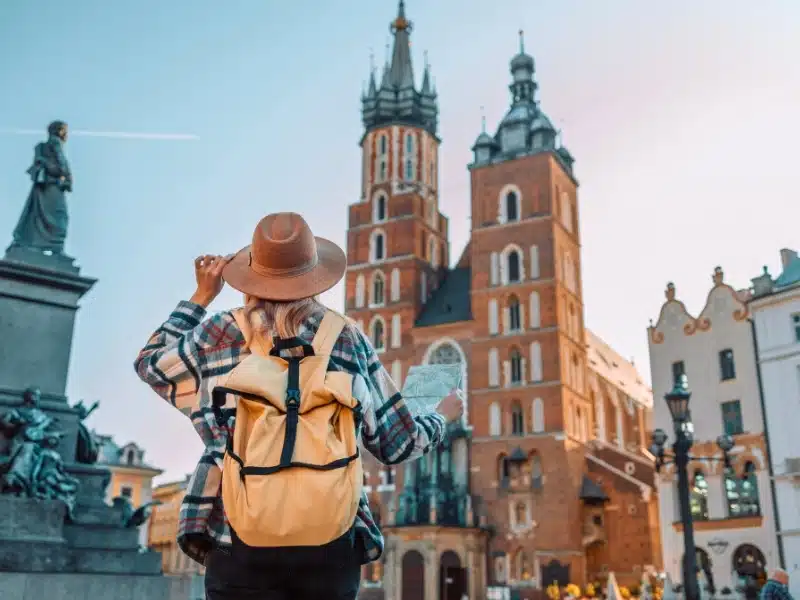
Travel With Intention
Despite global uncertainty, the desire to explore remains strong. Around 69% of people say world events will affect their travel choices, but 30% actually want to travel more than before. Rather than rushing to tick off famous landmarks on a travel bucket list, the focus is shifting toward meaningful, manageable trips that offer peace of mind and a sense of control.
Travel goals in 2026 are becoming more intentional: carefully planned, emotionally grounded, and designed to restore rather than exhaust.

The Smart Spenders
The rising cost of living hasn’t dampened wanderlust, but it has changed the way people plan. Thirty-eight percent say they’ll prioritise travel over other non-essentials, yet they’re finding new ways to make it affordable: travelling off-season (28%), booking early (27%), and staying flexible (31%).
This year’s travellers are strategic, choosing experiences that offer good value, not just low prices. Expect more off-peak city breaks, shoulder-season sunshine, and slower, longer stays in place of quick weekend getaways.

Europe at Heart
Europeans are set to stay closer to home next year. Fifty-six percent of Brits, 45% of Germans, 42% of Italians, and 42% of Spaniards plan to holiday within the continent. It’s not just about convenience; it’s about rediscovering beautiful places to travel nearby.
From the vineyards of northern Spain to the mountain lakes of Italy, travellers are realising that the world-class experiences they crave don’t always require a long-haul flight. Expect 2026 to be a big year for European road trips, cross-border rail adventures, and second-city escapes.
Word of Mouth Wins
When it comes to inspiration, travellers are returning to trusted voices. Forty-two percent now rely on past experiences, and 39% on recommendations from friends and family to choose where to go. While social media still plays a role (29%), it’s clear that real stories and personal advice are back in fashion.
Authenticity is the new algorithm. Expect smaller, story-rich destinations to gain attention, and for travellers to value connection over curation and pretty places.

The Return of the Beach Break
After a decade dominated by city escapes, dream travel destinations, and adventure travel, the humble beach holiday is making a comeback. Forty-six percent of people want a relaxing seaside break, while 51% hope to return feeling recharged. For some, that means solo time (20%), while others are drawn to wellness, yoga, and self-care getaways (18%).
2026 will be all about gentle travel, lazy coastal mornings, spa hotels, ocean swims, and sunset walks. Trips designed to soothe, not impress.
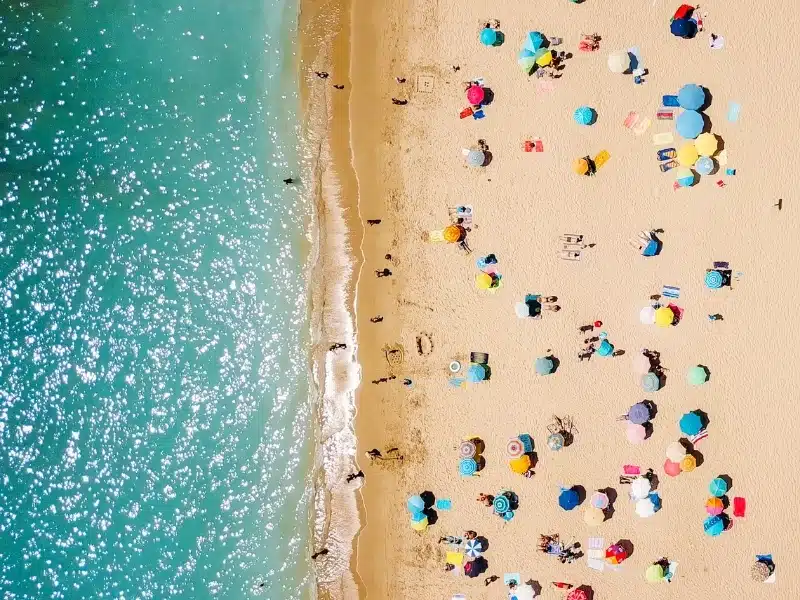
A New Kind of Sustainability
Travellers still care about sustainability, but the focus has evolved. Rather than fixating on transport choices, more people are turning their attention to cultural and community impact. Supporting local businesses (25%), embracing regional culture (38%), and visiting lesser-known destinations (32%) are becoming key priorities.
In places like Italy and Spain, where overtourism has long been an issue, this shift is especially strong. Smaller villages, countryside stays, and authentic local experiences will be in high demand next year.
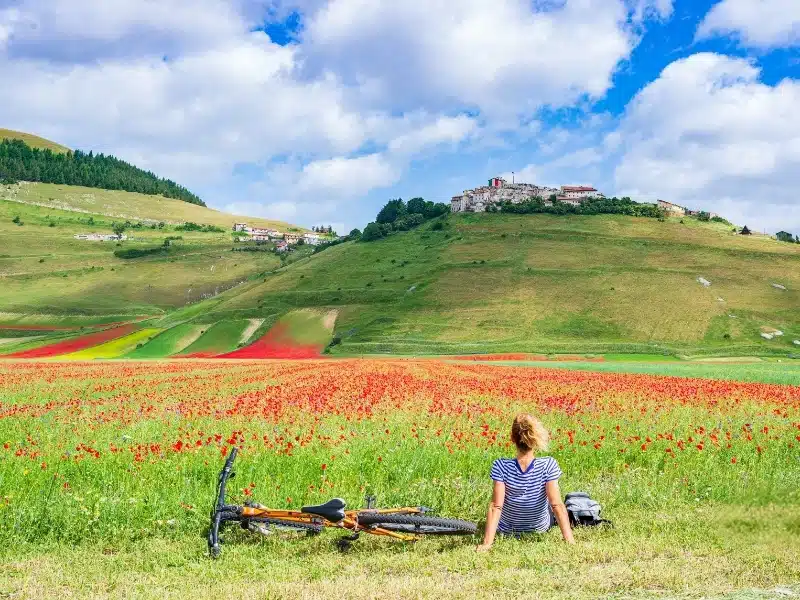
Beyond the Capitals
The big capitals may have had their moment. In 2026, 21% of travellers say they plan to visit smaller cities instead, driven by lower prices (51%), fewer crowds (44%), and the promise of something different (40%).
Omio’s own data shows bookings to second cities have risen 34% year on year: think Lyon instead of Paris, Porto instead of Lisbon, or Bologna instead of Rome. It’s the perfect time to explore Europe’s quieter corners.
How We Travel: By Gender & Generation
Travel habits are splitting along both gender and generational lines. Nineteen percent of men are planning solo trips next year, often to disconnect and recharge. Women, on the other hand, are more likely to travel for connection; 34% for family reunions and 22% with friends.
Meanwhile, Gen Z is reshaping travel altogether. They want to go more often (34%), stay longer (26%), and make sustainable choices (23%). But they’re also planners: 31% say they’ll budget carefully and plan trips well in advance to make it all happen.
This is travel as self-expression – thoughtful, conscious, and deeply personal.

The Takeaway: Intentional Journeys
From mindful beach breaks to offbeat city escapes, travel in 2026 is about feeling good, not just getting away. People want to come home calmer, clearer, and more connected. It’s less about collecting passport stamps and more about collecting perspective.
The age of intentional travel is here, slower, softer, and more meaningful than ever.
Looking for more European travel inspo? Check out these top posts…
16 of the Best Travel Destinations in January
The 16 Best Second Cities in Europe You Shouldn’t Miss
Adventure Travel Bucket List: 15 Epic Experiences in Europe
The Ultimate Europe Travel Bucket List: 15 Classic Experiences to Inspire Your Next Trip
Europe’s Best Kept Secrets: Unique Travel Destinations to Visit in 2026
Europe Coolcations: Best Places to Beat the Heat
Love it? Pin it!
